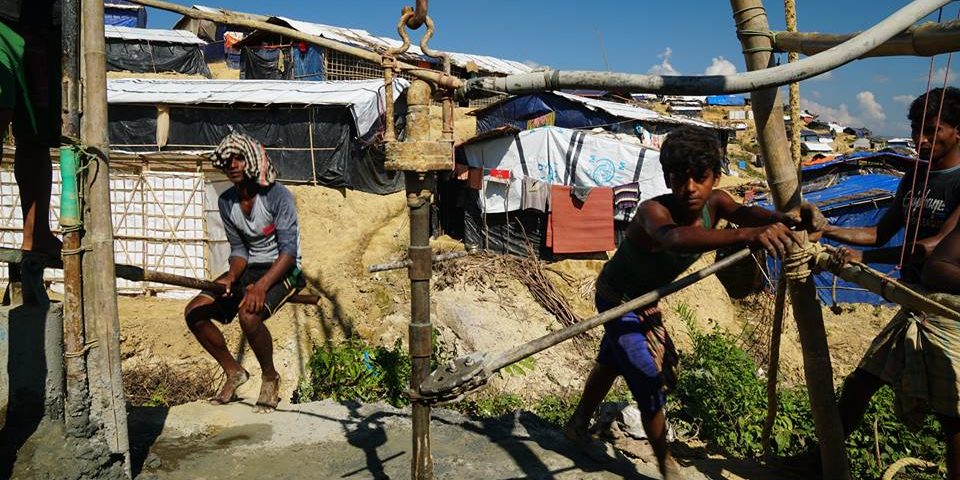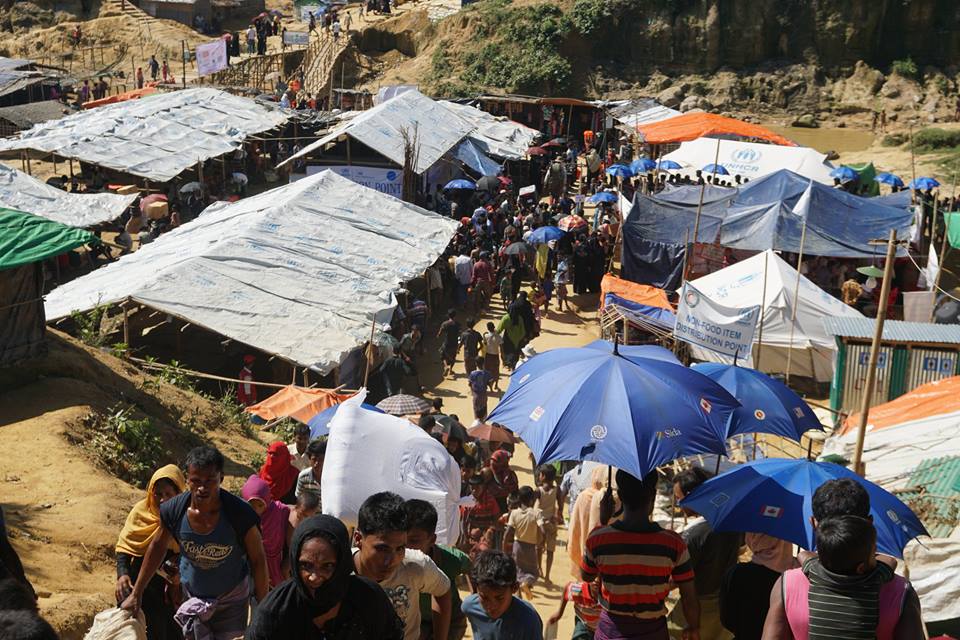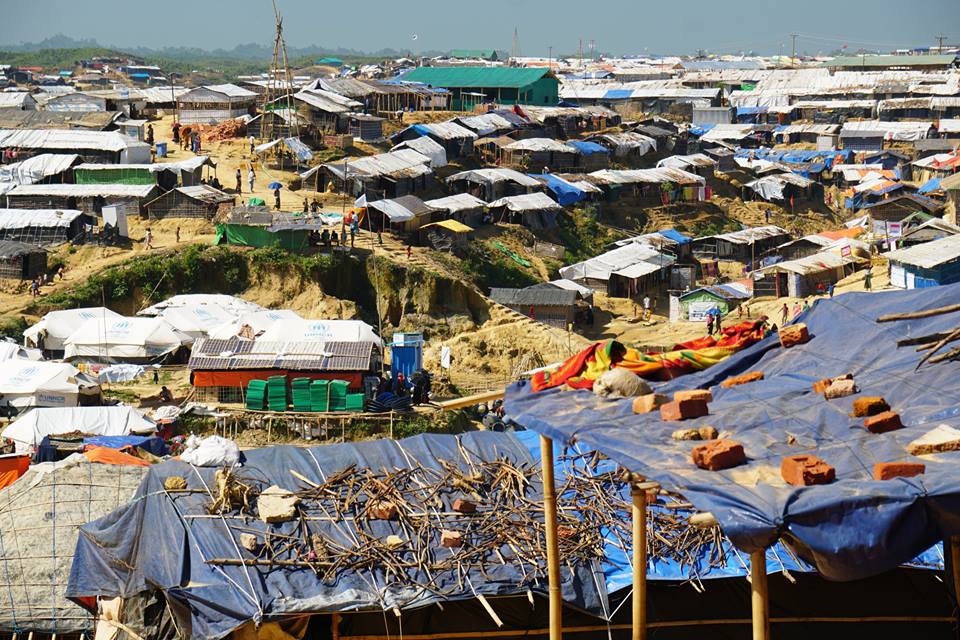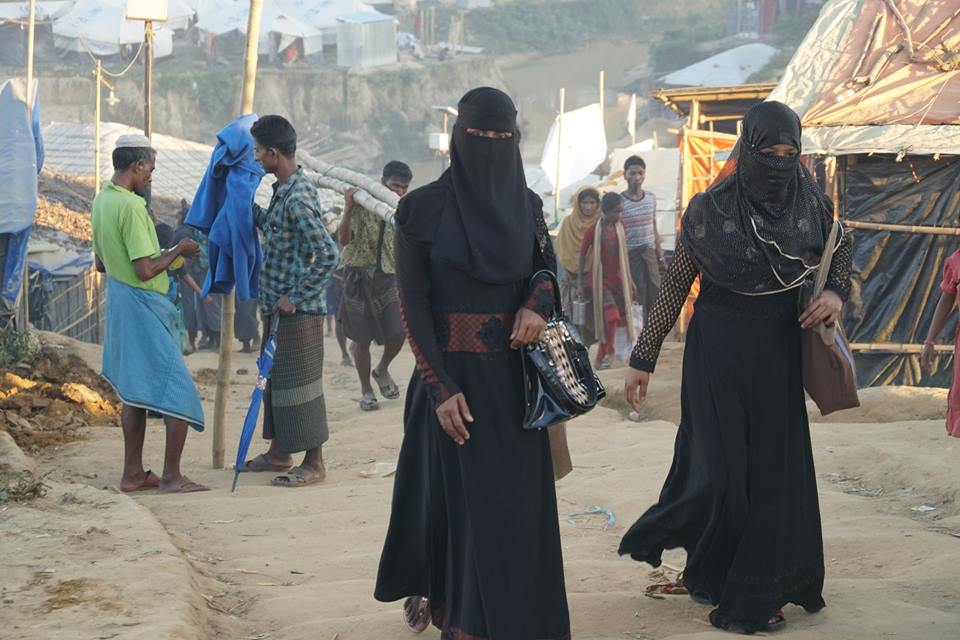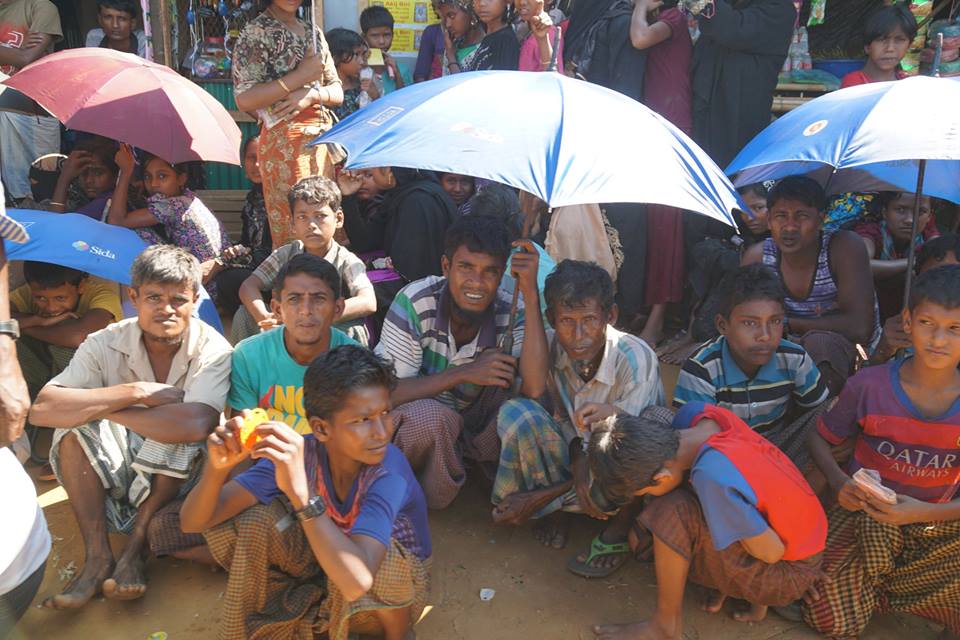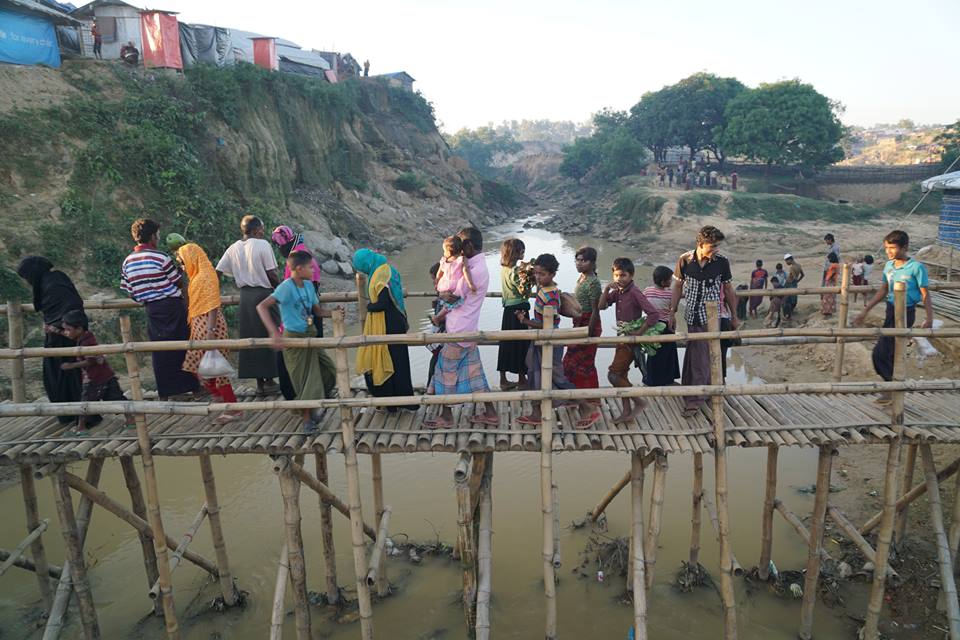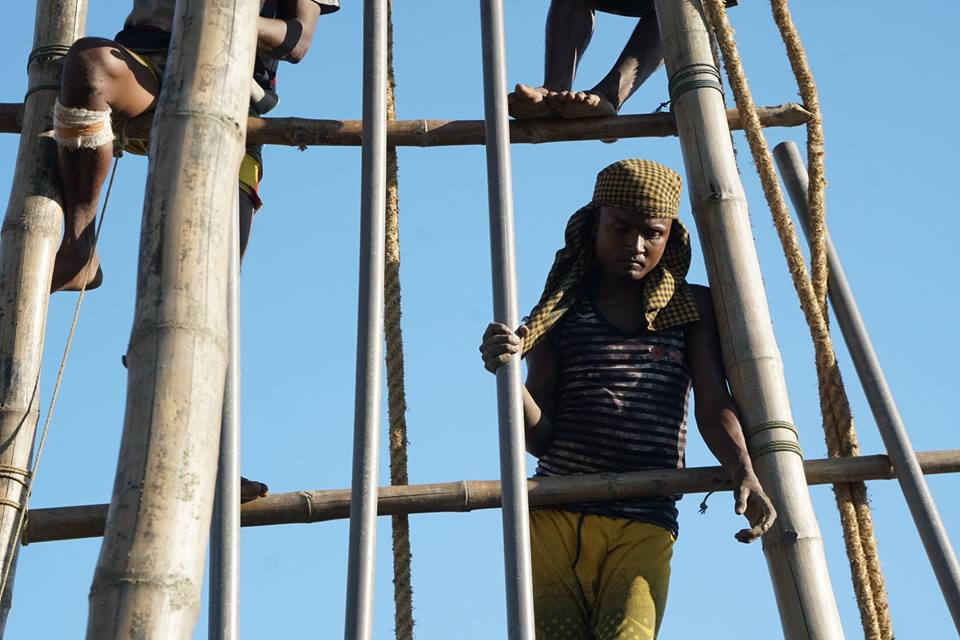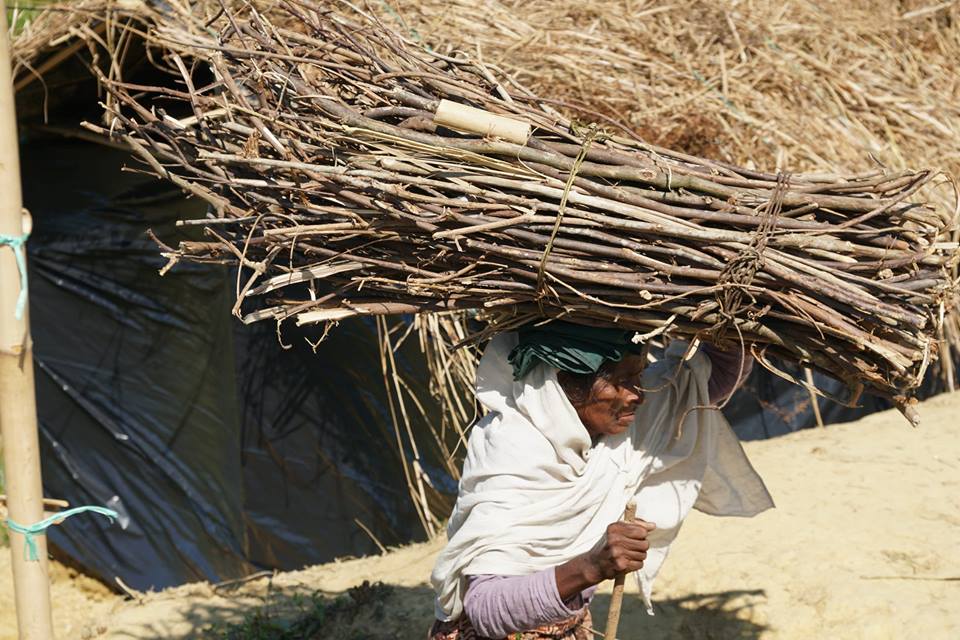Just over a year ago, we shared a project done by the Advisian geophysics team. Colleagues Paul Bauman, Alastair McClymont, Colin Miazga, Eric Johnson and Chris Slater were tasked by the United Nations High Commission for Refugees (UNHCR) and Oxfam to help find clean drinking water for the Rohingya refugees camps in Bangladesh.
This month, a full paper about the project was published in the CSE Recorder:
As geoscientists and engineers, and like most other professionals, we take pride in using our education and experience for the betterment of society. In developed countries, the value of such work on water supply projects may not be so obvious, where we take for granted that our communities will always have access to a ready supply of safe drinking water, and that we have built enough resilience to avoid running out of water should catastrophe strike.
Emergency Response Groundwater Exploration at Rohingya Refugee Camps in Bangladesh, CSE Recorder
While the team finished their on-the-ground work in 2017, we wanted to provide some further insights from Paul Bauman, Advisian’s Technical Director of Geophysics, in recognition of World Water Day.
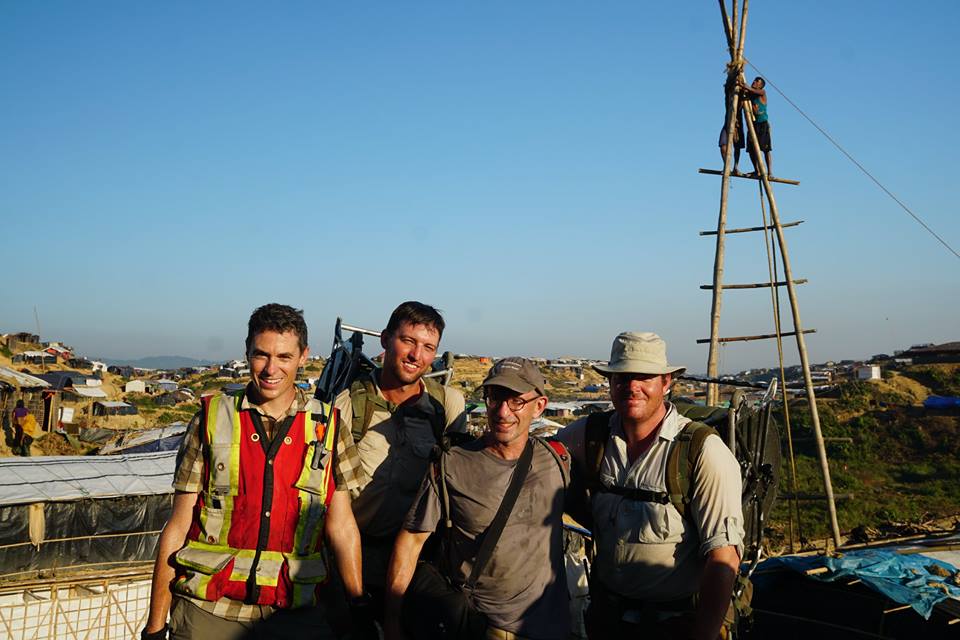
The situation
Bangladesh currently hosts over 730,000 Rohingya refugees (over half of whom are children) who have escaped human rights abuses in neighbouring Myanmar.
In 2017, during the last period of unrest, around 655,000 Rohingya fled Myanmar, with most crossing into south-eastern Bangladesh. They journeyed by raft or boat across the Naf River and estuary to the southern Teknaf Peninsula, or by walking through the jungle and hills to the upper Teknaf peninsula area, around Cox’s Bazar. These two areas are where the Advisian team’s efforts were concentrated.
The three main refugee camps are the Leda and Nayapara camps on the Teknaf Peninsula, and the Kutupalong-Balukhali Expansion Camp in Cox’s Bazar.
The water situation in 2017
In the 547,000-person Kutupalong-Balukhali Expansion Camp, sufficient water was provided by more than 6,000 shallow boreholes, but about 80% of these were contaminated by E. coli from overflowing latrines and fecal sludge pits. The camp needed deeper, aquitard-protected, high-yielding aquifers to supply a sustainable source of clean drinking water through both the wet and dry seasons.
The Leda and Nayapara refugee camps were trucking water in during the five-month dry season of November through March. Long-term, these camps needed groundwater resources to carry the 70,000-person refugee population through the dry season.
The Advisian team was tasked with identifying drilling locations that would enable access to safe water as rapidly as possible in these camps.
Characterising water resources
To characterise the water resources available at the camps, the team used products developed by Seequent. These include Leapfrog Geo and View (for 3D visualisation, collaboration and modelling) and Geosoft’s Oasis montaj (for geophysical analysis and modelling).
Paul says that being able to look at the information in 3D is vital.
“There is no other way to manage the data,” he said. “View, being cloud-based, is particularly valuable for these overseas humanitarian water relief projects. For instance, let’s say in Bangladesh, when we want to share the data… there may be United Nations users on the ground in Bangladesh, but UNHCR, their watch program is headquartered out of Geneva. So there may be people on three continents: Asia, Europe, and North America [where Advisian is located].”
“They’re all looking at the same datasets, all having questions and queries, but perhaps have different interests. With View, everyone has control of the scale, and they can highlight the particular model features they’re interested in.”
But the role of Seequent technologies in this situation is minor compared to the contributions made by the people and work teams on the ground. Their efforts have guided the installation of hundreds of water-supply wells for the Rohingya refugees.
Water resource updates since their work
“In the southern camps, Leda and Nayapara, before we did our program, the conceptual model of the geology there was that part of the peninsula was blanketed by this continuous, thick sandstone aquifer. What we found from our program was that the aquifers were actually small and relatively discreet. There are isolated sandstone bodies incised into an underlying shale,” Paul said. “So a few wells have been put into those sandstone aquifers in the south. But the main outcome, probably the most important outcome of our work, was realizing that the shales and clays, are very, very thick there, unlike anywhere else in Bangladesh. You do not have thick, continuous aquifers under those camps.”

Paul said based on those results the UN decided to expand existing water storage reservoirs to tide over the camps between rainy seasons.
“In the Kutupalong-Balukhali Expansion Camp, they’ve used our data with other datasets, to move away from thousands of shallow hand-pumped wells. These wells produced water for the camps but would go dry in the drier season,” Paul said. “They were not chlorinated, so they were easily contaminated. Now the UN has gone to deeper aquifers that our data clearly show exist.”
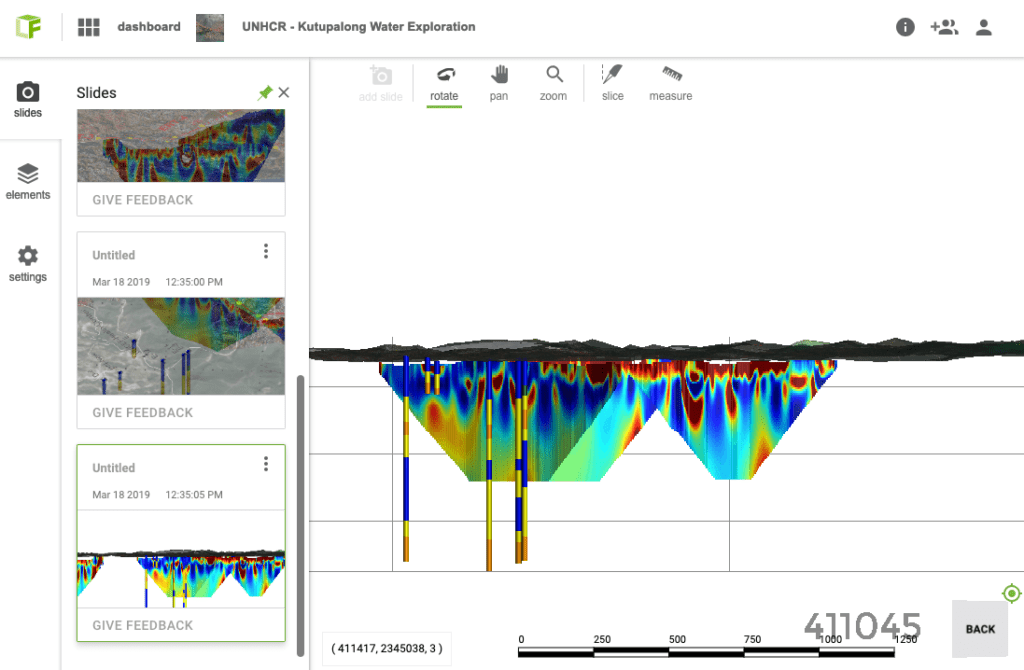
Paul said these newer aquifers are highly productive and aquitard-protected. Meaning the UN can drill fewer wells (which are costly to do) and they can create centralised chlorinated water systems.
“Then water can be distributed to various parts of the camp by simply laying PVC piping,” he said.
But Paul does caution painting too cozy a picture of a still very desperate situation. Though the camps have drinking water, there is still uncertainty as to the future of the Rohingya refugees, and where and whether they will be repatriated or relocated.
Paul says for those interested in supporting refugees in crisis scenarios, he would implore them to contact their local politicians to express their opinions.
“Another option is choosing a charity that speaks to you, that you may want to contribute to,” Paul said. “Within these camps, there’s quite literally hundreds of NGOs, addressing any possible area of alleviation or suffering that you can imagine.”
Some suggestions Paul gave were:
Thanks to Paul Bauman and Alistair McClymont for the story, the data, and your efforts on the ground in Bangladesh. All photos shown in this article were shot by Paul Bauman.
